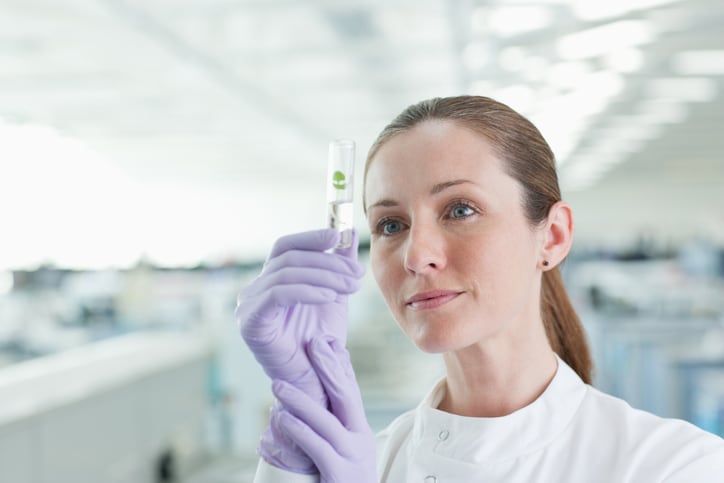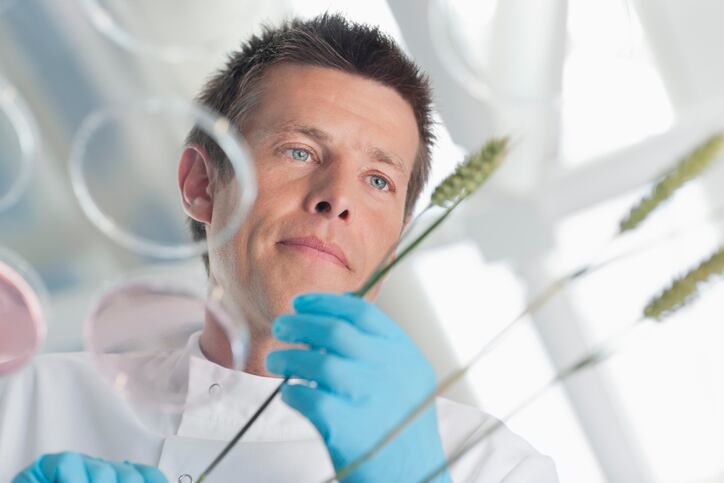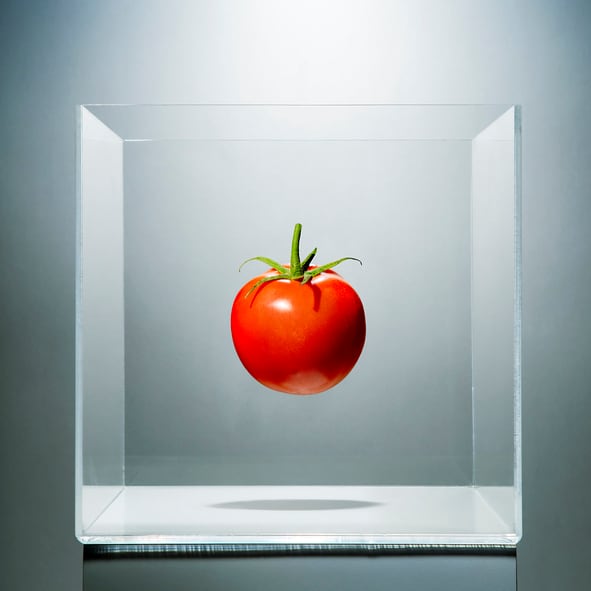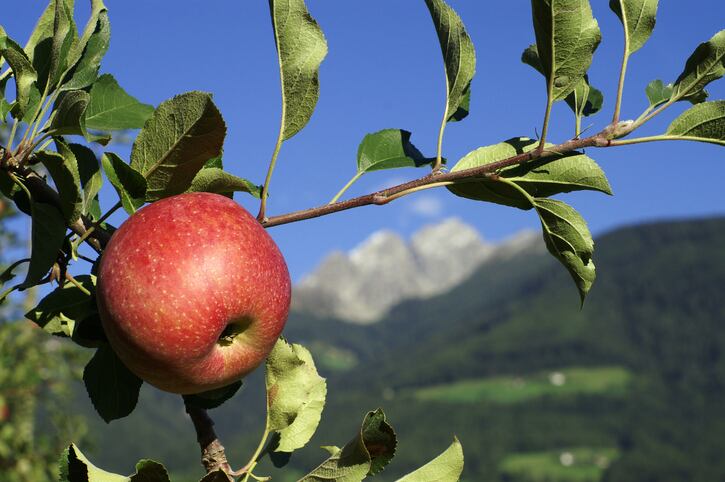
Pesticides do not remain in the valley, they go up the mountains
The airborne spread of pesticides is seriously underestimated, according to a new study in Italy. It showed that pesticides spread in the apple-growing region of South Tyrol did not remain in the orchards, but spread throughout the valley and ended up high up in the mountains. Pesticides therefore do not only affect the area of cultivation, but damage whole ecosystems, the study concluded.
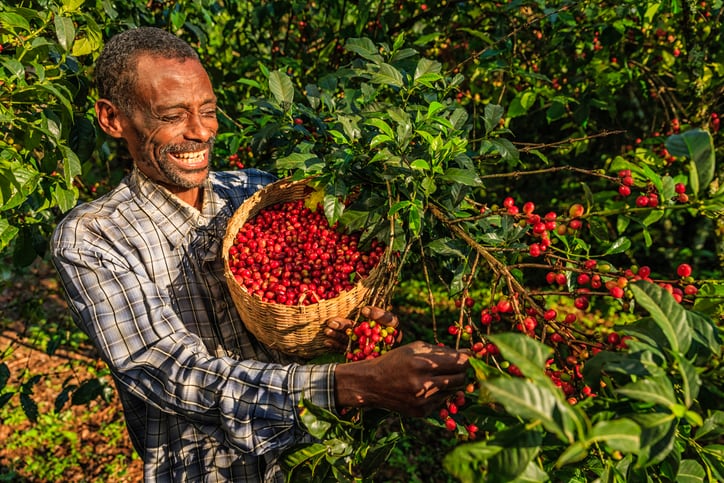
Shade-grown coffee ‘shows the benefits of combining agriculture and conservation’
Increasing shade cover over coffee plants can increase biodiversity and provide new ways to combine agriculture and conservation, a new study from the Oxford Brookes University in the UK has revealed.
Coffee grown in high shade, with more than 30% canopy cover, provides a home to more plant and animal species than coffee grown in the sun or on low shade farms with less than 30% canopy cover.
Preserving biodiversity is good news for farmers as it means better natural pest control, and improved soil quality. The quality of the coffee produced also actively improves with increased shade.
Sophie Manson, a PhD student and lead author, said: “Agriculture is one of the greatest threats facing species around the world. Whether it is cutting down trees to make way for farms, or using chemical pesticides and fertilisers, bad farming practices can hold dire consequences.
“Yet it doesn’t have to be this way. Paving the way in combining agriculture and conservation, shade-grown coffee has the ability to challenge our perception of agriculture, and reframe the way we look at farming. Weaving agriculture into conservation initiatives, through practices such as shade-grown coffee, will enable countries to reach biodiversity targets and maintain their rich cultural and ecological heritage.”
Dr Marco Campera, a co-author on the paper, added: “We showed that several groups of species with important roles for ecosystems and humans, such as pollinators, are penalised by shade tree removal. This in turn can lead to a loss in profits for farmers and cause management costs to increase through agrochemicals. Therefore, traditional ways of cultivating coffee and other non-timber forest products, such as growing them under shade, should be prioritised.”
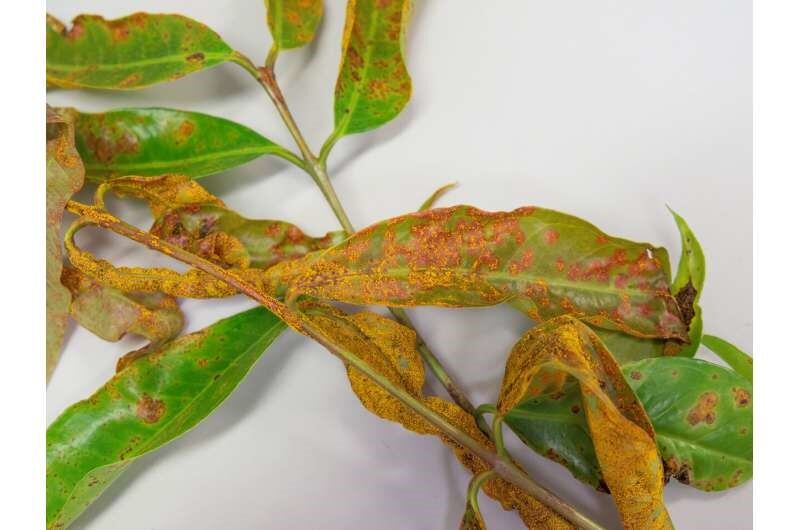
High-tech spray can prevent and cure rusty plant threat
Image: Leaves infected with myrtle rust. Credit: Megan Pope/University of Queensland
Researchers from The University of Queensland have developed a treatment that can both prevent and cure infection caused by an invasive fungal disease devastating native Australian plants.
Ph.D. candidate Rebecca Degnan, Dr. Anne Sawyer and Professor Neena Mitter worked with the Department of Agriculture and Fisheries to develop an environmentally friendly spray which uses RNA technology to treat plants infected by myrtle rust.
The research paper is published in Communications Biology.
“We found that when the double stranded RNA was applied to a healthy tree, it prevented the plant from being infected,” Degnan said. “What’s even more exciting, when we infected the plants and applied the double stranded RNA as late as two weeks post infection, the plants recovered.
“It’s significant because our previous studies didn’t have that curative aspect, so being able to apply a treatment after infection gives it more potential.”

Scientists dish up new hybrid food by growing animal cells in rice grains
Korean scientists have successfully developed ‘cultured beef rice’, made by growing animal muscle and fat cells inside rice grains. The method, presented in the journal Matter, results in a nutritious and flavourful hybrid food that, once commercialised, could offer a more affordable protein alternative with a smaller carbon footprint.
“Imagine obtaining all the nutrients we need from cell-cultured protein rice,” said first author Sohyeon Park, who conducted the study under the guidance of corresponding author Jinkee Hong at Yonsei University, South Korea. “Rice already has a high nutrient level, but adding cells from livestock can further boost it.”
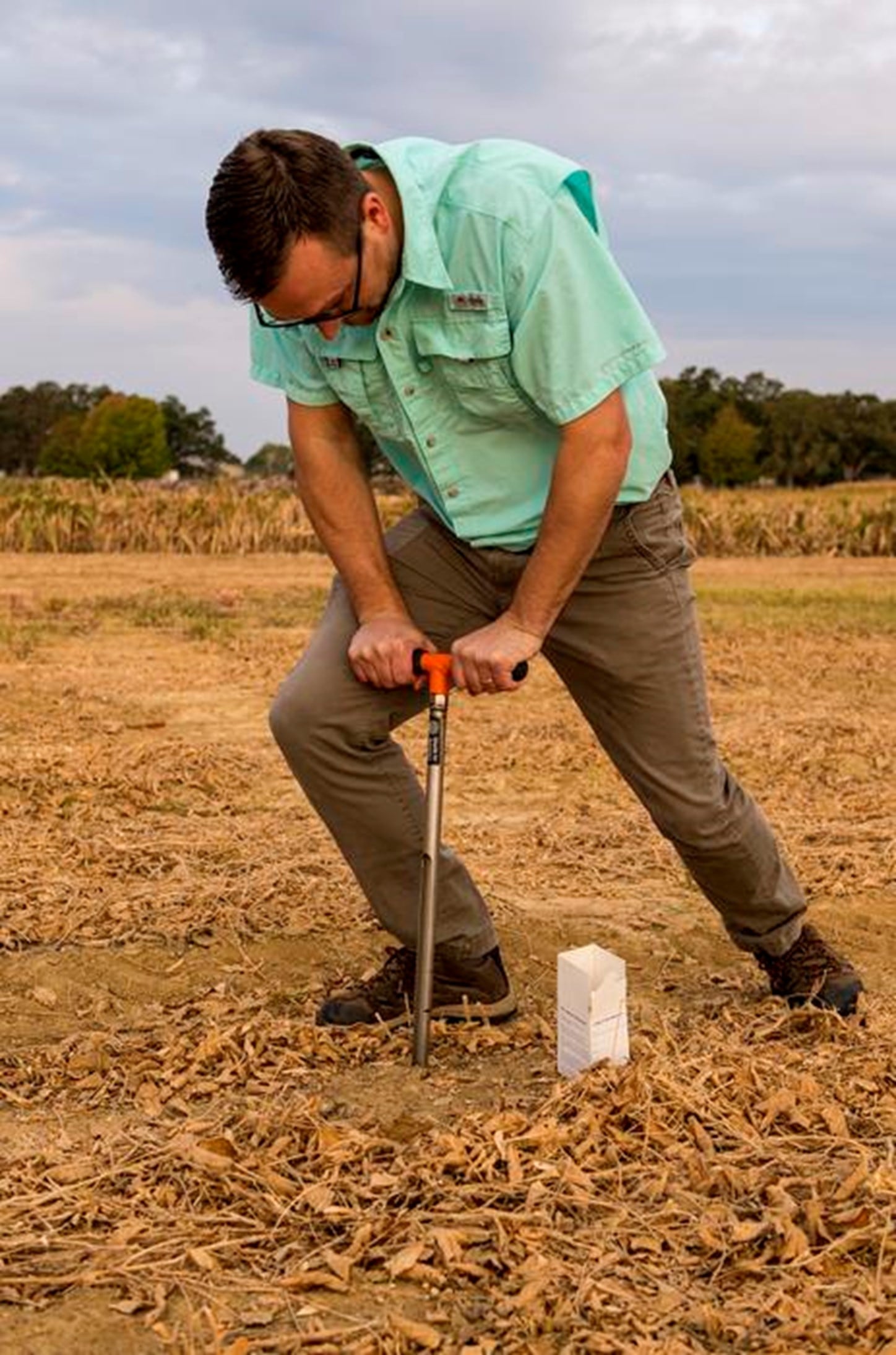
Fertiliser recommendation tool for farmers could save money and reduce nutrient loss
A new fertiliser recommendation tool, developed nationally in collaboration with the Arkansas Agricultural Experiment Station, could save farmers millions of dollars annually while reducing excess nutrient losses to the environment, a project claims.
Funding for the FRST Project has been provided by the US Department of Agriculture. The tool provides an unbiased, science-based interpretation of soil test phosphorus and potassium values for crop fertilisation, according to Nathan Slaton, a leader on the FRST Project and associate vice president for agriculture and assistant director of the Arkansas Agricultural Experiment Station, the research arm of the University of Arkansas System Division of Agriculture.
“We are extremely excited about the launch of the decision support tool,” Drescher said. “FRST was developed in response to the pressing need to harmonize soil testing across state boundaries. It represents an improvement in our ability to evaluate soil test correlation.”
Deanna Osmond, soil science researcher at North Carolina State University, is also one of the FRST Project leaders.
“Until now, soil fertility faculty in each state worked independently,” Osmond said. “But for farmers who work across state lines, it’s difficult to compare or assimilate multi-state guidelines. Our goal is to improve the accuracy of nutrient recommendations through independent, scientifically developed nutrient management best practices that farmers can believe in and adopt.”
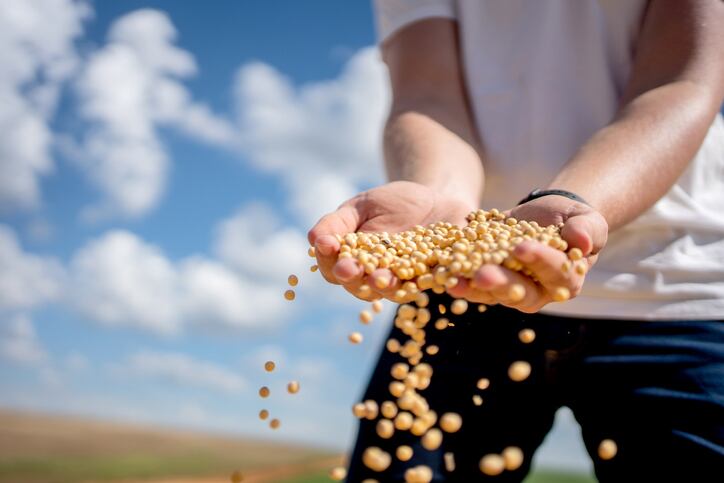
Breeding more resilient soybeans may come down to test site selection
In the quest to optimize crop productivity across environments, soybean breeders test new cultivars in multiple locations each year. The best-performing cultivars across these locations are selected for further breeding and eventual commercialization. However, a new study from the University of Illinois Urbana-Champaign suggests current soybean testing locations may not be delivering breeders the biggest bang for their buck.
“We met with most of the soybean breeders in public research universities across the Midwest and asked where they set up their trials over the last 30 to 40 years,” explained Nicolas Martin, an associate professor in the Department of Crop Sciences, part of the College of Agricultural, Consumer and Environmental Sciences at Illinois. “We found that they tend to select these sites a little bit by tradition.”
The team analyzed long-term climate data and records of soybean trials to develop two new sets of maps that would help breeders strategize the placement and use of test sites. The first map represents common environments and favors generalist phenotypes that do well under most conditions. The second emphasizes environmental variation, optimizing specialized phenotypes that perform well in specific conditions.
“Breeding programs may have different philosophies,” Martin said. “One of them is to mimic where most farmers are growing. Others are looking to avoid redundancies in the locations where you train your cultivars. If you put them under diverse growing conditions, you see which ones are more resilient.”
New research assesses how to tackle China’s nutrient deficiencies and food waste
Agricultural innovation and targeted dietary interventions could effectively address issues of nutrient deficiencies and food waste in China’s food systems, and prevent short-term market shocks, according to a review by researchers in the country.
Côte d’Ivoire: Cocoa farmers turn to biochar to boost yields and soil quality
Biochar made from empty cocoa pods has the potential to improve and retain moisture in soil, according to a cocoa cooperative in in Côte d’Ivoire.

Swedish researchers test ‘first unmanned forestry machine’
A study published in the Journal of Field Robotics assessed the world’s first unmanned machine designed for autonomous forestry operations. Investigators demonstrated that using computer vision, autonomous navigation, and manipulator control algorithms, their newly developed machine can safely, accurately, and efficiently pick up logs from the ground and manoeuvre through various forest terrains without the need for human intervention.
The research represents a significant milestone in the field of autonomous outdoor robotics, which could reduce the need for human labour, thereby increasing productivity and reducing labour costs, while also minimising the environmental impact of timber harvesting.
“Besides its short-term effect on forestry, the technological advancements that come with autonomous forestry machines have the potential to address current environmental issues. As demonstrated in this study, by embracing cutting-edge technologies like autonomous navigation and manipulation algorithms, the unmanned machine provides not only timber harvesting with greater efficiency but also promotes sustainable forestry,” said corresponding author Pedro La Hera, PhD, of the Swedish University of Agricultural Sciences.
“Automated operations can be highly accurate and effective in terms of collateral damage to adjacent ecosystems, which helps us to be more ecologically friendly than we currently are.”
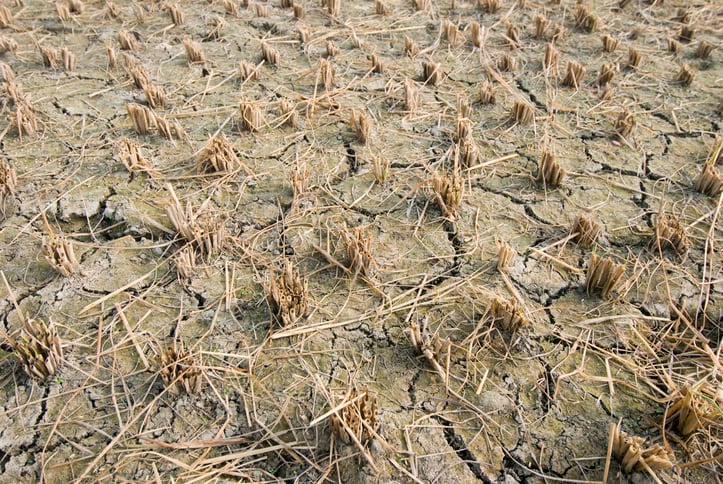
New method to predict the financial impacts climate change will have on agriculture
Researchers at the University of California San Diego School of Global Policy and Strategy have developed a new method to predict the financial impacts climate change will have on agriculture, which can help support food security and financial stability for countries increasingly prone to climate catastrophes.
The study, published in the Proceedings of the National Academy of Sciences, uses climate and agricultural data from Brazil. It finds that climate change has a cascading effect on farming, leading to increased loan defaults for one of the nation’s largest public sector banks. Over the next three decades, climate-driven loan defaults could increase by up to 7%, according to the study.
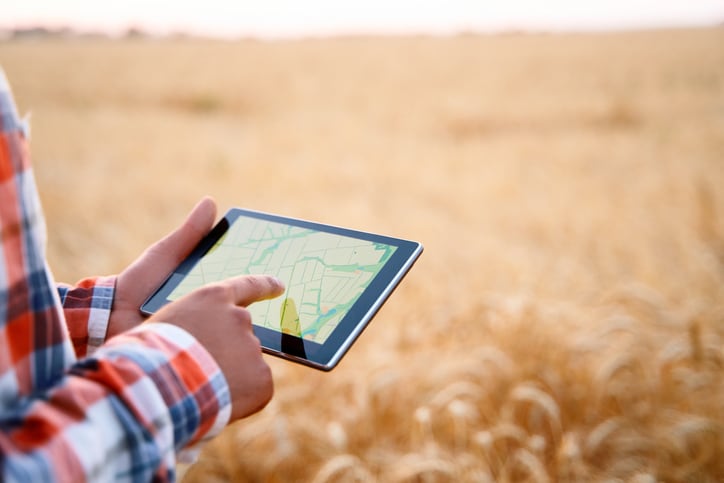
New modelling app to assist farmers in forecasting
Scientists with Texas A&M AgriLife Research in the Texas A&M College of Agriculture and Life Sciences are developing a tool that could give agricultural producers a glimpse into the future for planning purposes.
The integrated decision support system modelling tool aims to help agricultural producers plan ahead based on simulated outcomes generated by applying a range of factors from future market prices to weather.
The tool will utilize existing technology, data collection tools and data, including weather, market prices, farm production costs and revenues, water conservation practices and water movement through watersheds to project scenario-based outcomes for producer operations based on possible fluctuations within those factors.
Raghavan Srinivasan, Ph.D., professor in the Texas A&M Department of Ecology and Conservation Biology and Biological and Agricultural Engineering, who received more than $750,000 in grant funding from the National Institute of Food and Agriculture, is leading a team to develop an integrated decision support system, IDSS, — a modelling tool that can forecast potential cropping conditions and economic results for producers.
“It would be an incredibly powerful tool for farmers and agricultural operations to have in their toolbox,” Srinivasan said. “This tool won’t tell us the future, but it will give us the range of potential outcomes based on factors like continuing drought or changes in input costs or commodity market conditions. The goal is to help farmers consider economic, environmental and production challenges together in one place.”
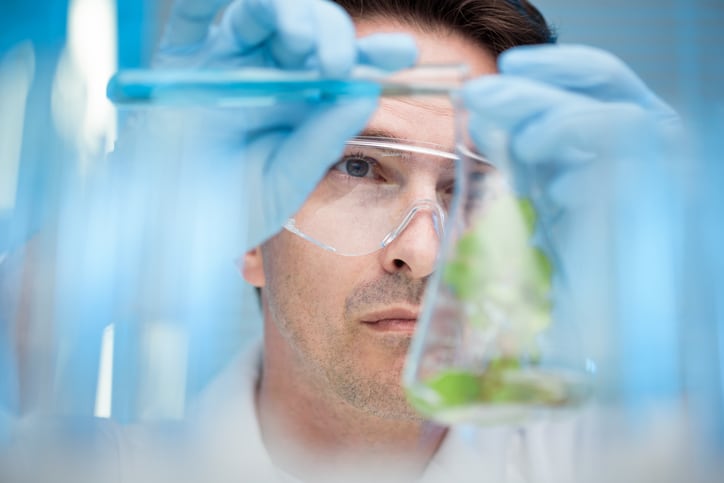
Simple trick could improve accuracy of plant genetics research
Researchers North Carolina State University claim to have published a simple trick that improves the accuracy of techniques that help us understand how external variables – such as temperature – affect gene activity in plants.
Researchers can use RNA-seq analysis to see which genes are turned on when a plant is experiencing drought conditions, which then informs the development of new plant varieties that are drought resistant.
But there’s a specific challenge related to RNA-seq analysis, which Colleen Doherty, corresponding author of a paper on the work and an associate professor of molecular and structural biochemistry at North Carolina State University, and her collaborators ran into by accident.
“We were monitoring how plants respond to different temperatures at multiple times of day, and the results we got were wildly divergent,” Doherty said. “We initially thought we might be doing something wrong. But when we began looking into it, we learned that animals and yeasts are known to have global changes in transcription based on variables such as the time of day or nitrogen deprivation.”
In other words, researchers want to see how specific variables – such as increased temperature – affect transcription in specific genes. But there are some variables – like time of day – that can increase or decrease transcription in all the genes. This can throw off researchers’ ability to draw conclusions about the specific variables they want to study.
“Luckily, we found that this problem is sufficiently well-established among researchers who work on non-plant species that they have developed a method to account for it, called an artificial spike-in,” Doherty says. “These and similar techniques have been used in plant science in other contexts and when using older techniques and technologies. But for whatever reason, our field didn’t incorporate artificial spike-ins into our methodology when we adopted RNA-seq analysis.”
But it turned out the artificial spike-in gave the researchers more accurate information and greater insight into how plants are behaving at night.
“Artificial spike-ins are an elegant solution to a challenge many of us in the plant research community didn’t even know was there,” Doherty said. “We’re optimistic this technique will improve the accuracy of transcriptional analysis in the wide variety of conditions that can affect global transcription in plant species. And that, in turn, may help our research community garner new insights into the species we study.
“We didn’t develop this solution – artificial spike-ins – but we really hope it garners more widespread use in plant science.”
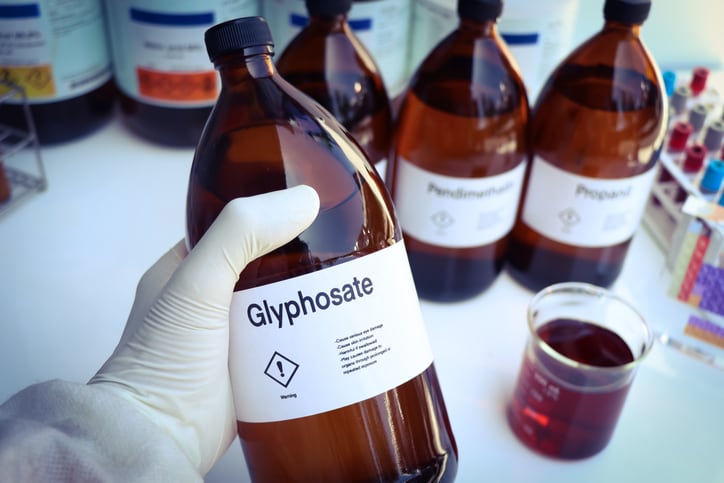
Glyphosate ban could lead to ‘difficult trade-offs’
A ban on glyphosate could lead to an increase in weed abundance and a decrease in the yields of some crops, according to a new modelling study. Although the environmental risks associated with this herbicide would be eased, alternative approaches to weed control had mixed outcomes for the environment, food production and profitability, although some show potential benefits.
Weed communities with evolved resistance to non-glyphosate herbicides were not projected to be disproportionately affected by removing glyphosate, despite the lack of alternative herbicidal control options.
“Our findings emphasize the need for careful consideration of trade-offs if a ban were to be enacted,” said Rothamsted’s Dr Helen Metcalfe who led the study.
“Glyphosate, the most widely used herbicide, is linked with environmental harm and possible human health issues, but it’s use is central to no-till farming approaches. Public pressure is now building for it to be replaced in agricultural systems. We wanted to find out what the implications of a ban might be.”


